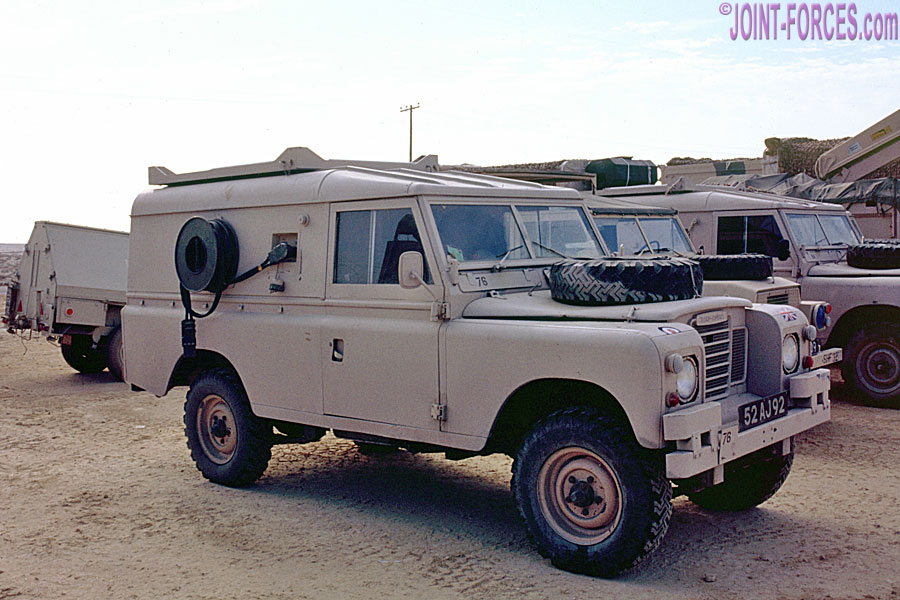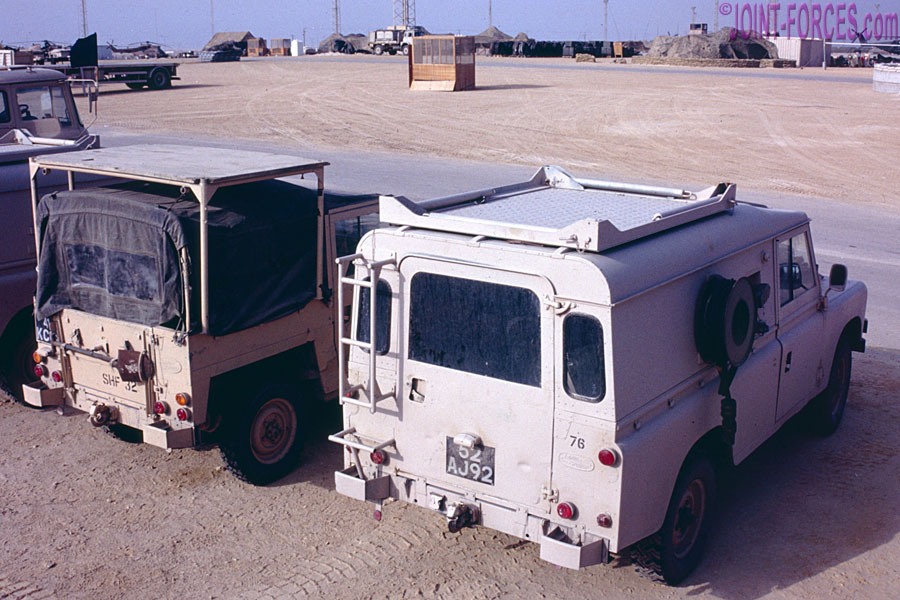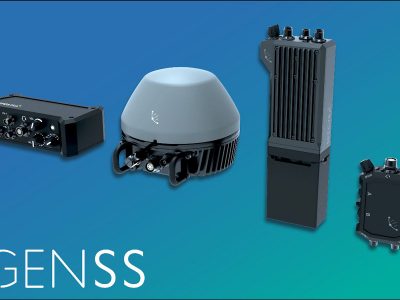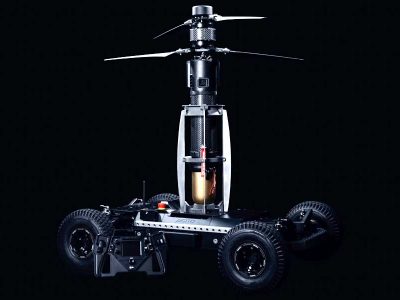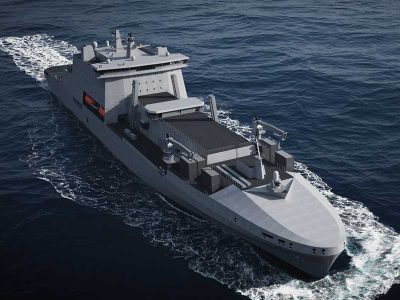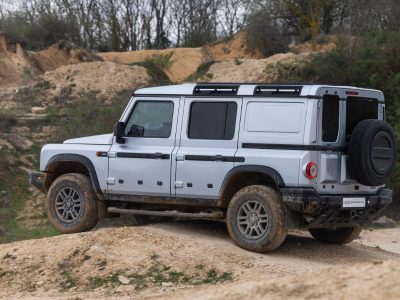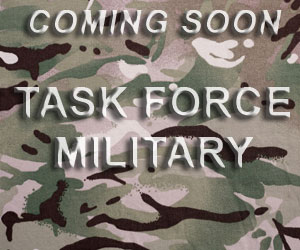
Thirty years ago today, several hundred British Forces Land Rovers of all types were deployed in Saudi Arabia on the eve of war with Iraq, writes Bob Morrison.
~
In response to the August 1990 invasion of Kuwait by Iraqi Forces and the refusal of Iraq’s President Saddam Hussein to comply with United Nations Resolution 660 demanding withdrawal of troops, on 30th November UN Security Council Resolution 678 set January 15th 1991 as the deadline for Iraqi withdrawal and authorised all necessary means to regain the occupied nation if the Iraqis did not comply.

As we have already seen in the previous article in this section (see Op GRANBY ~ Land Rovers Bound For The Gulf) not only was Britain one of the leads in the 35-nation Joint Forces Coalition assembled to enforce the UN resolution but in the autumn of 1990, under Operation GRANBY, it had also started building up a tri-service force which would eventually number over 50,000 military personnel tasked with first helping defend Saudi Arabia and then evicting Saddam’s troops from Kuwait. When it appeared evident that the Iraqis were not going to withdraw, I used up all my remaining 1990/91 holiday leave entitlement from my regular job in structural engineering, a job which was looking a bit dicey due to the deepening mini-recession in the building trade, and headed off to Dhahran in Saudi Arabia less than two weeks before expiry of the UN deadline with the aim of documenting the Op GRANBY Land Rovers.
Until mid-January 1991 the old Dhahran International Airport, south of Dammam on the Persian Gulf coast, was the primary Point Of Entry for most British Forces arriving in Saudi Arabia by aircraft and its co-located military air base hosted the deployed RAF Tornado contingent. The main entry point for vehicles and heavy materiel arriving by sea was the port of al-Jubayl, 100km further north, and it was here that the bulk of administrative troops assembled in a major temporary camp nicknamed Blackadder Lines. The Royal Navy Commando Helicopter Operating Support Cell (CHOSC) and the RAF Support Helicopter Force (SHF) established temporary airfields on large oil industry vehicle parks on the edge of al-Jubayl and at Ras al-Ghar, about 30km back down the coast from the port; this latter location was shared with US Marine Corps helicopters.
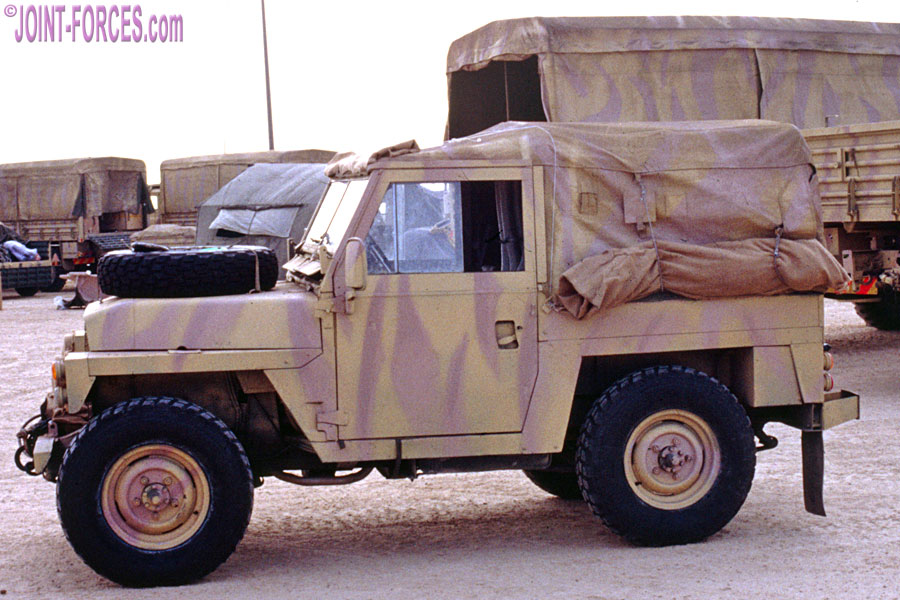

In the run-up to the 15th January UN deadline the British Army teeth formations, the 4th and 7th Armoured Brigade battlegroups, were forward deployed into the desert north-west of al-Jubayl, with the main highway to the Kuwait border at al-Khafji acting as the brigade boundary. Both 4th Armoured under Brigadier Chris Hammerbeck and 7th Armoured under Brigadier (later Maj Gen) Patrick Cordingley established field headquarters and logistic bases north-west of al-Jubayl and a live-fire practice range (Devil Dog Dragoon Range) was created near Abu Hadriyah. The accompanying images were taken at several of these locations over the course of roughly ten days shortly before the Air War, Operation DESERT STORM, commenced around midnight GMT/UCT on the night of 16/7th January 1991.
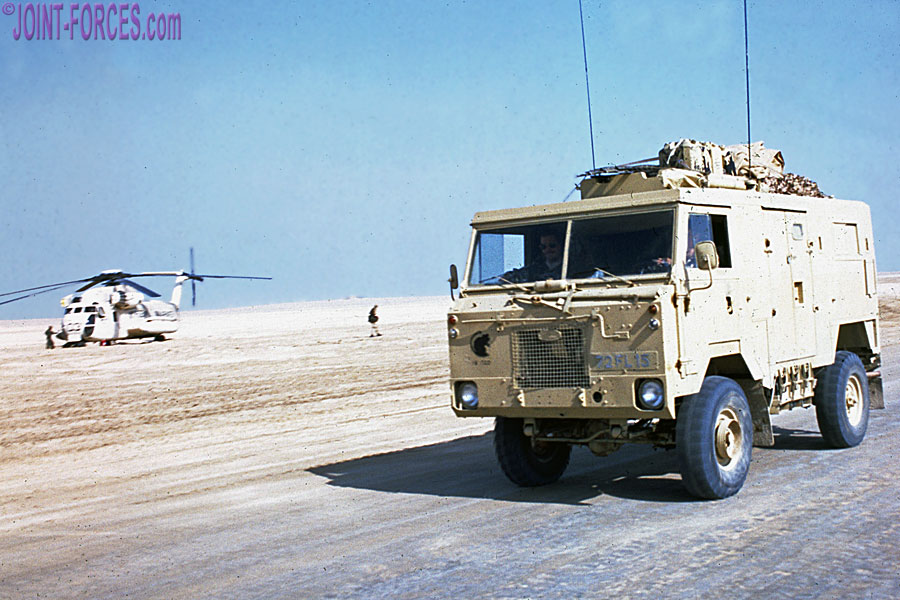
Although it was mostly the comparatively new One-Ten and Ninety Land Rover models which were sent out to the original ‘Sandpit’ with the main fighting force, examples of many other older versions of the marque were deployed and I snapped all of these with the intention of later compiling a photobook (British Land Rovers In The Gulf – ISBN 1 873564 02 3 – published March 1991). In Saudi I photographed more of the older Series III 109” and 88” Lightweight / Airportable models than I expected to, and I also came across both soft top and hard top Forward Control 101” models being used in specialist roles, but I could not track down any One-Ten SAS Desert Patrol Vehicles; I later discovered that these had initially been deployed to Bahrain rather than Saudi Arabia and were only moved forward once hostilities commenced.
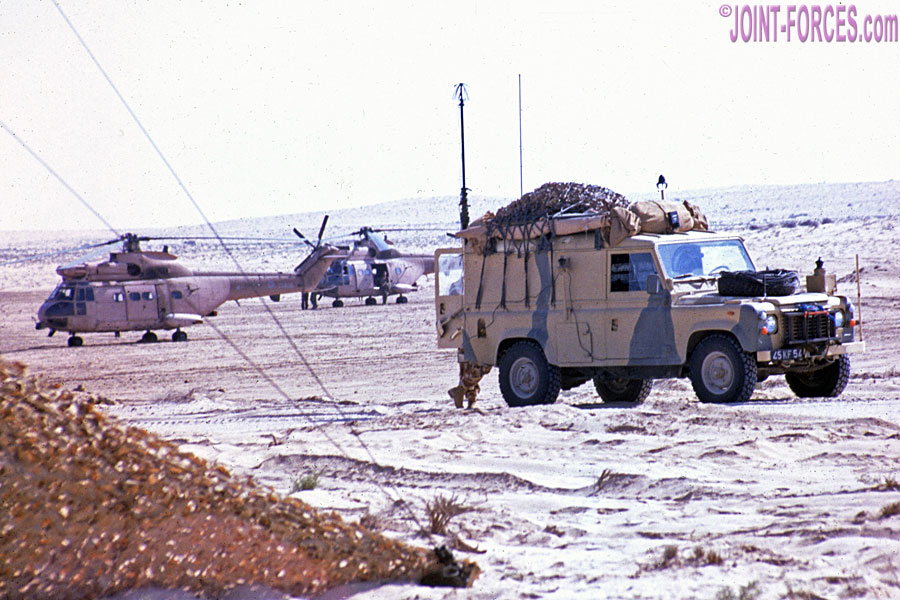
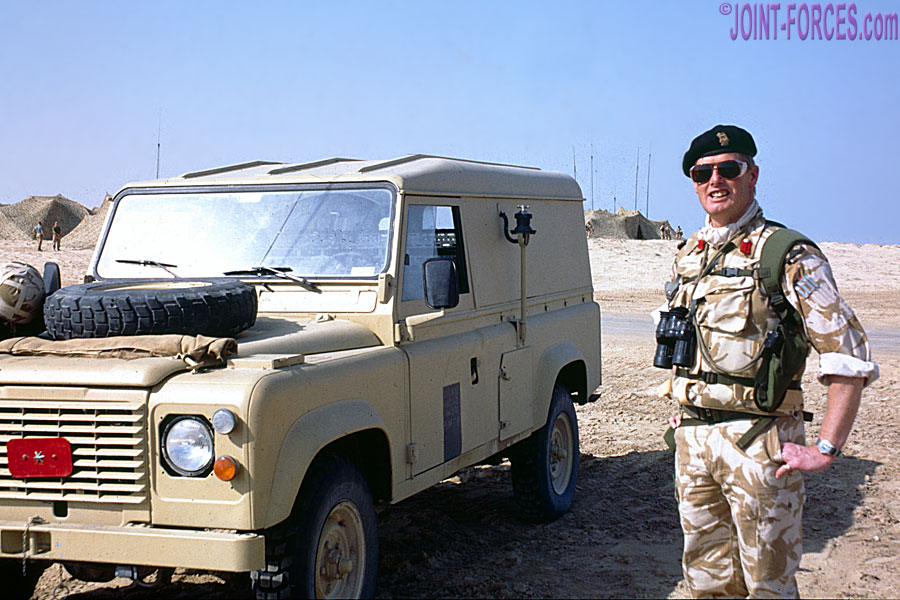

To be continued…
- See also:- Op GRANBY ~ Land Rovers Bound For The Gulf
[images ©Bob Morrison, 1991 – All Rights Reserved]


